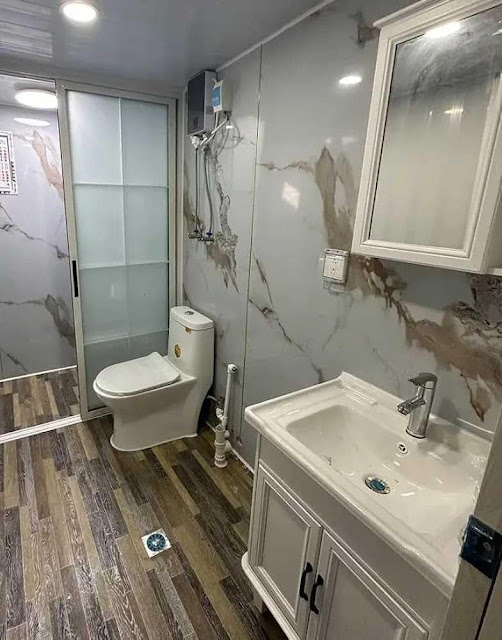🚢 Top 20 Family-Friendly Ships with Water Parks & Onboard Amusements
1. Icon of the Seas (Royal Caribbean)
2. Star of the Seas (Royal Caribbean)
3. Wonder of the Seas (Royal Caribbean)
Your Child is Guaranteed to READ
4. Harmony of the Seas (Royal Caribbean)
Features multiple waterslides, FlowRider surf simulators, Ultimate Abyss dry slide, and family splash zones.
5. Navigator of the Seas (Royal Caribbean)
6. Liberty of the Seas (Royal Caribbean)
7. Carnival Celebration (Carnival)
Includes WaterWorks waterpark with slides like Twister and Bolt roller coaster at sea. Plus Family Harbor, Camp Ocean, and arcades.
Find Discounted Cruise Tickets Here
8. Carnival Mardi Gras / Jubilee / Panorama / Vista (Carnival)
These Excel/Vista-class ships feature WaterWorks parks with slides such as Blue Lightning, Orange Thunder, Kaleid-o‑Slide, Twister, and a sky-high coaster.
9. Carnival Magic / Sunshine / Horizon (Carnival)
WaterWorks areas include themed waterslides, splash zones, and PowerDrencher buckets. Dr. Seuss Waterworks debuts on Horizon.
10. Disney Wish / Treasure (Disney Cruise Line)
Feature the AquaMouse water coaster with animated scenes, splash zones, and child-focused pools.
11. Disney Fantasy / Dream (Disney Cruise Line)
Boast the original AquaDuck coaster and the kid‑friendly Nemo’s Reef splash park. cruiseline.com
12. Disney Magic (Disney Cruise Line)
13. Norwegian Prima / Aqua (Norwegian Cruise Line)
Norwegian Aqua (Prima Plus-class, debut 2025) features the Aqua Slidecoaster (roller-coaster waterslide), a VR arcade, sports courts, and family play areas. AFAR Media+6Business Insider+6The Points Guy+6
14. Norwegian Encore (Norwegian Cruise Line)
Offers Aqua Park with multi-story slides, Ocean Loops extending off the deck, racing slides, family splash zones. cruiseline.com+2CruiseDirect.com+2Family Vacation Critic+2
15. Norwegian Escape / Getaway (Norwegian Cruise Line)
Escape was once “largest water park at sea” with Free Fall slides, tandem racers, and family slides; Getaway offers similar thrills. Family Vacation Critic+4cruiseline.com+4CruiseDirect.com+4
16. Norwegian Epic (Norwegian Cruise Line)
Home of The Epic Plunge slide—a long, swirling tube slide ending in splash zone—and other tube slides plus toddler play areas. Family Vacation Critic+1cruiseline.com+1
17. MSC Seaside / Seaview (MSC Cruises)
Features Forest Aquaventure Park with five interactive slides, a ropes course zip-liner, and kids water play zones. CruiseDirect.com+1Family Vacation Critic+1
18. MSC Seashore / Meraviglia / Grandiosa / World America (MSC Cruises)
These ships bring thematic aquatic fun: Polar Aqua Park, LEGO family zones, dry slides, VR experiences, and huge waterparks. CruiseDirect.com
19. MSC Grandiosa (MSC Cruises)
Elegant family experiences with pools, LEGO zones, multiple slides, entertainment, and planetarium. 4ever Diverse Journeys

































